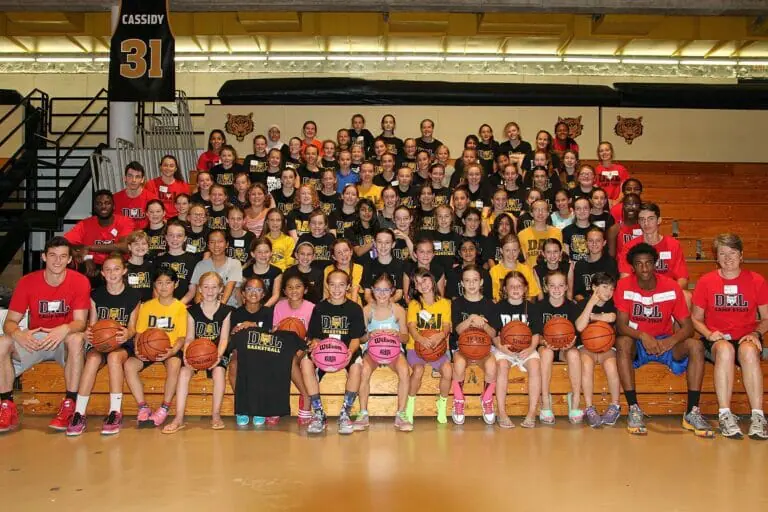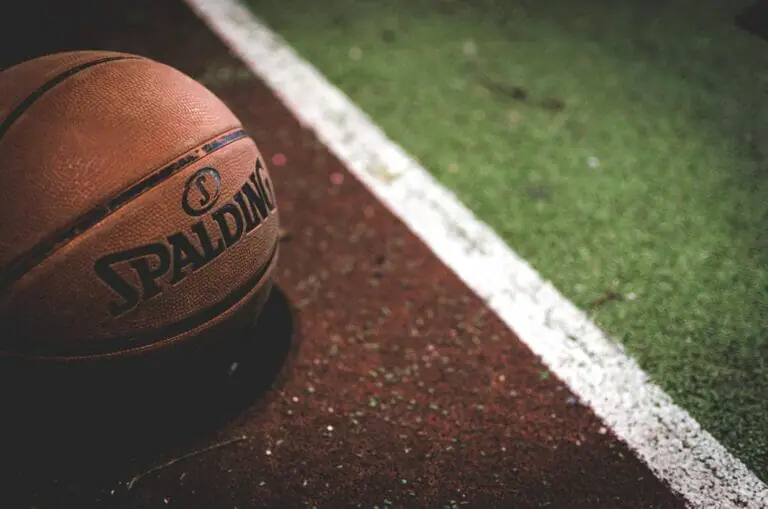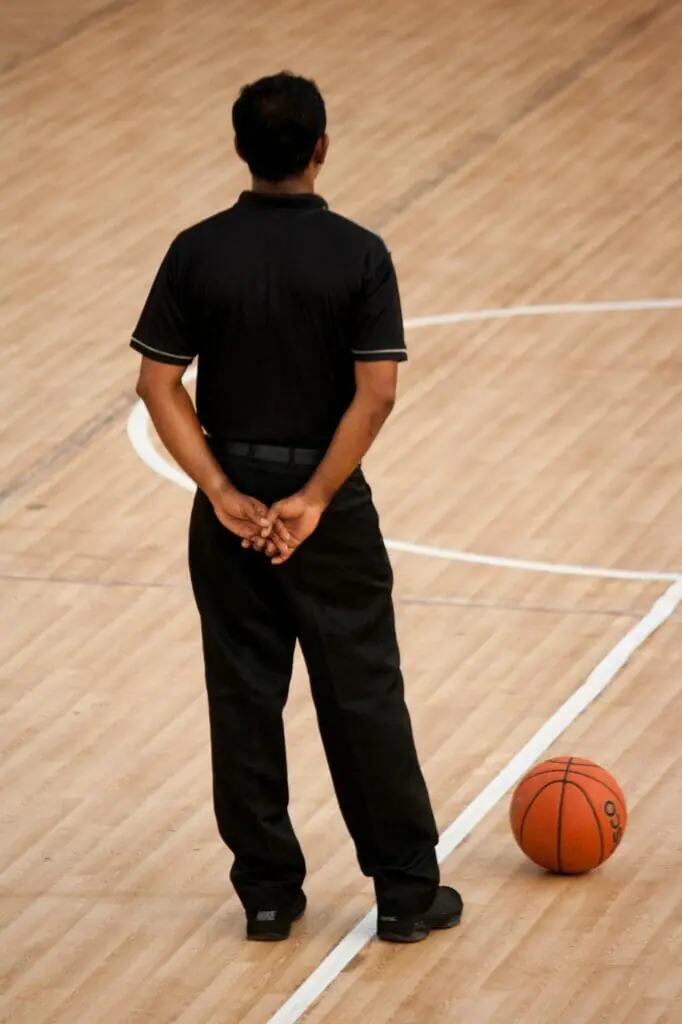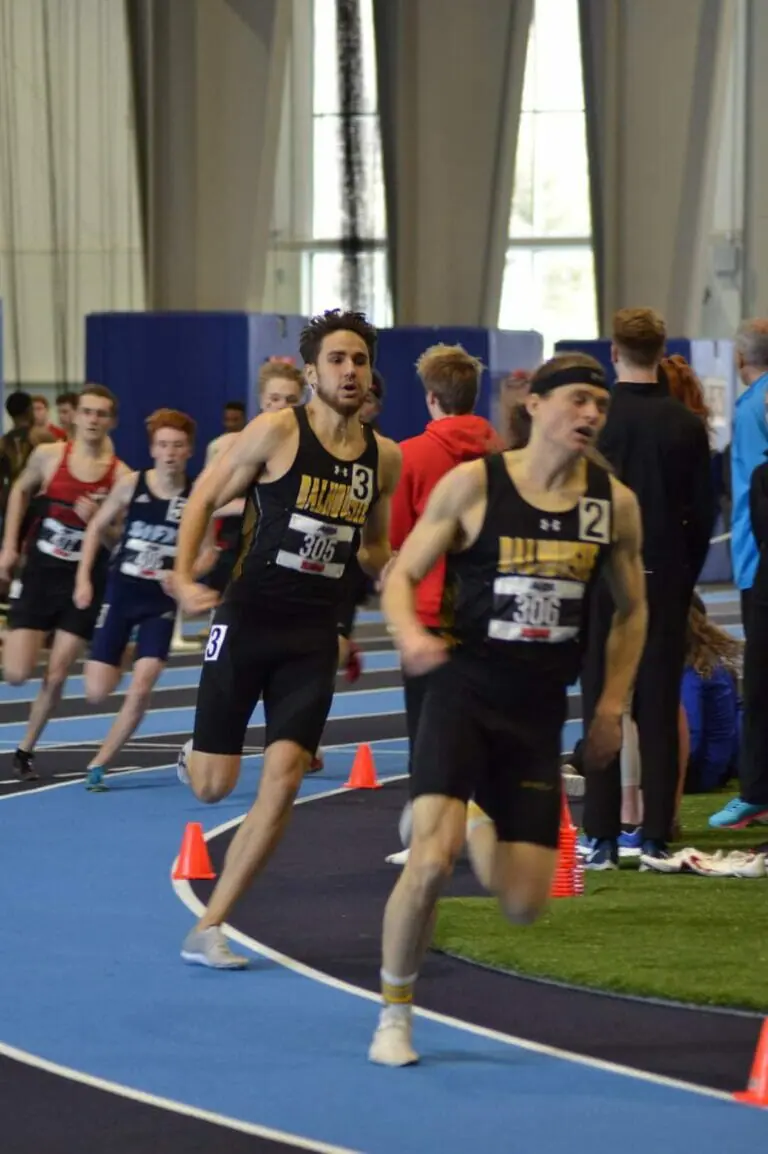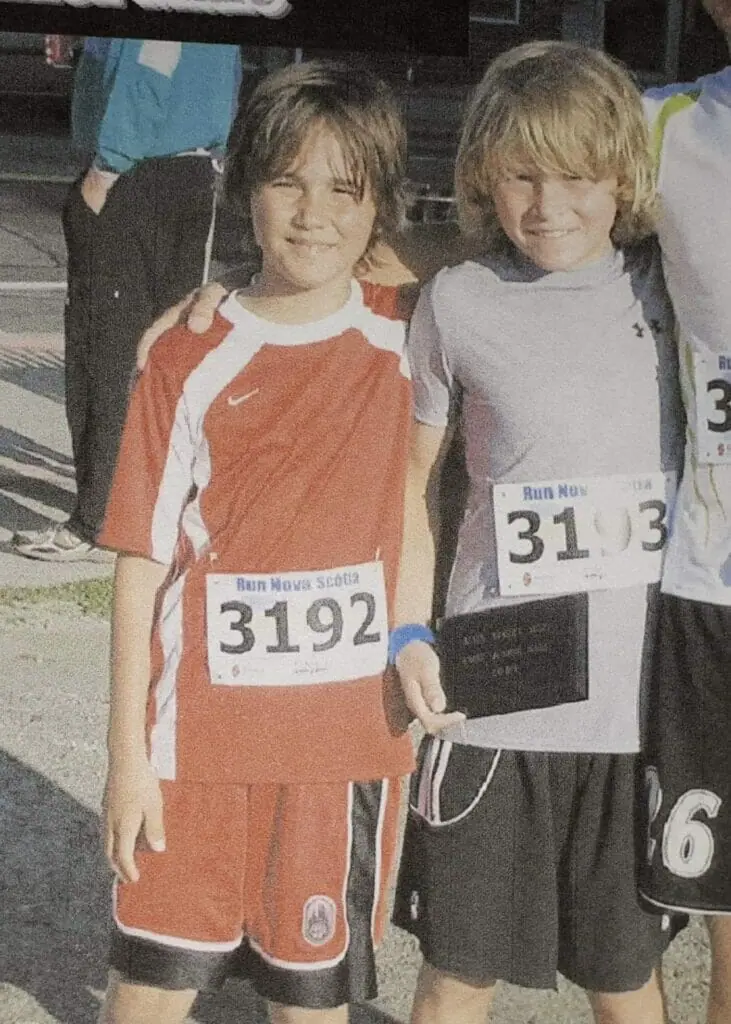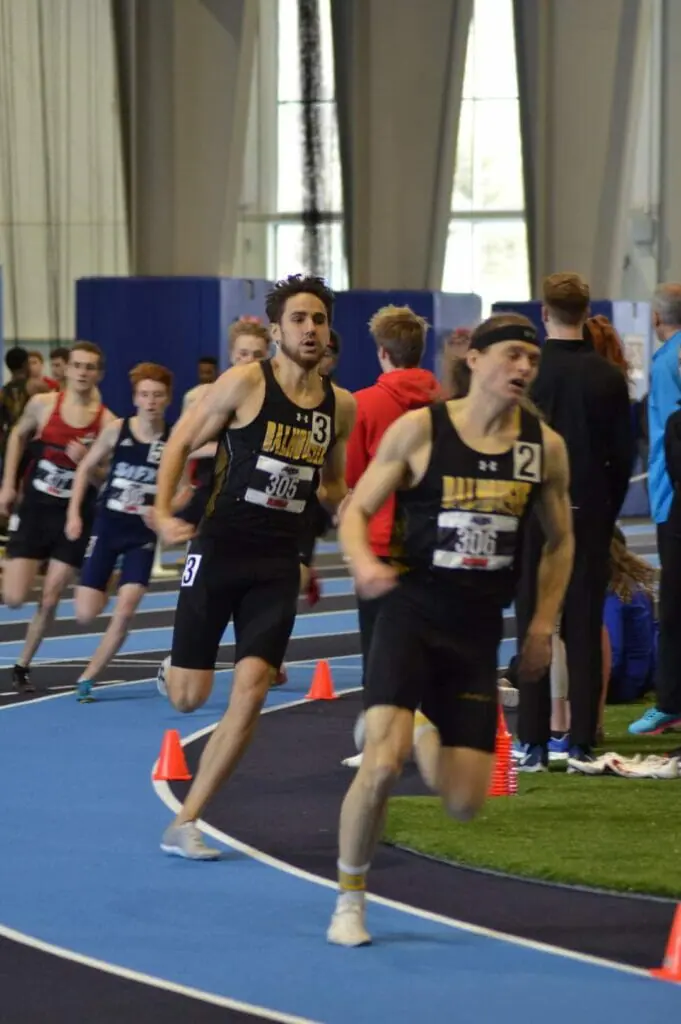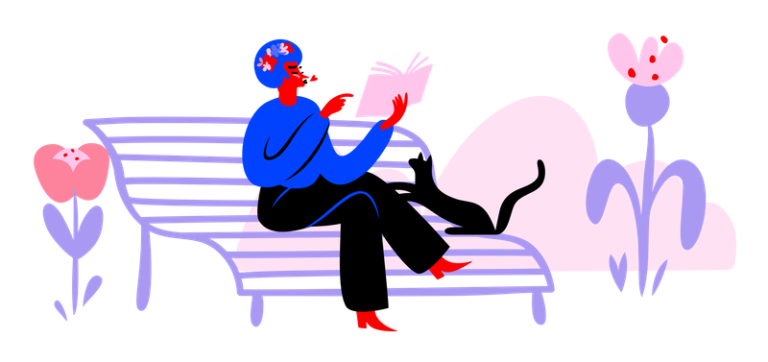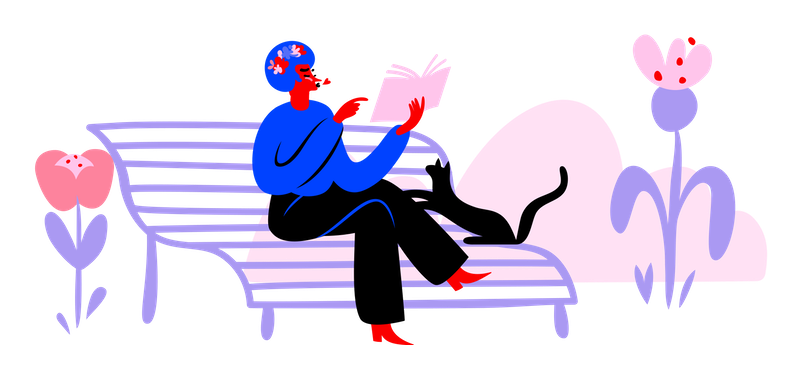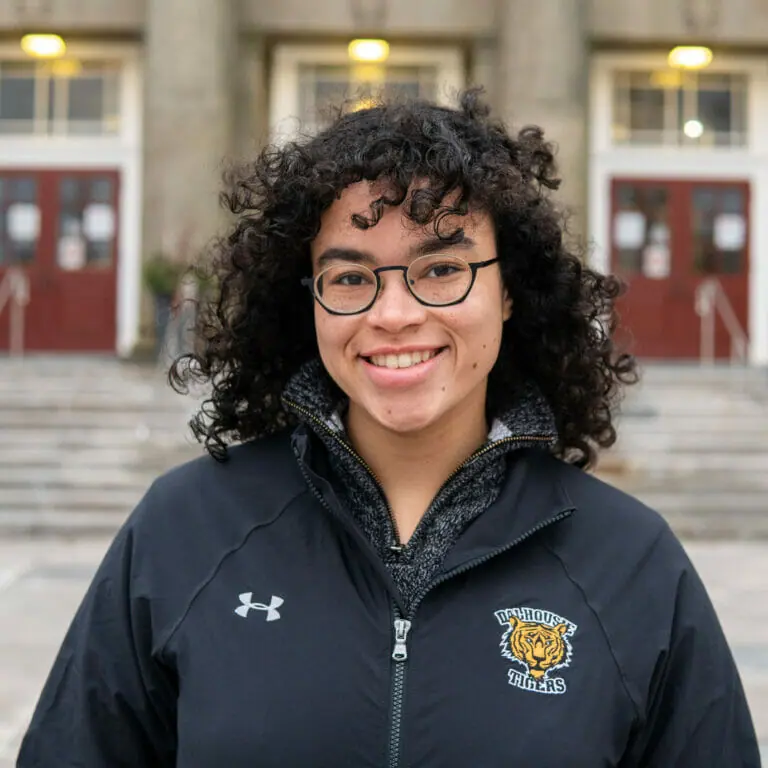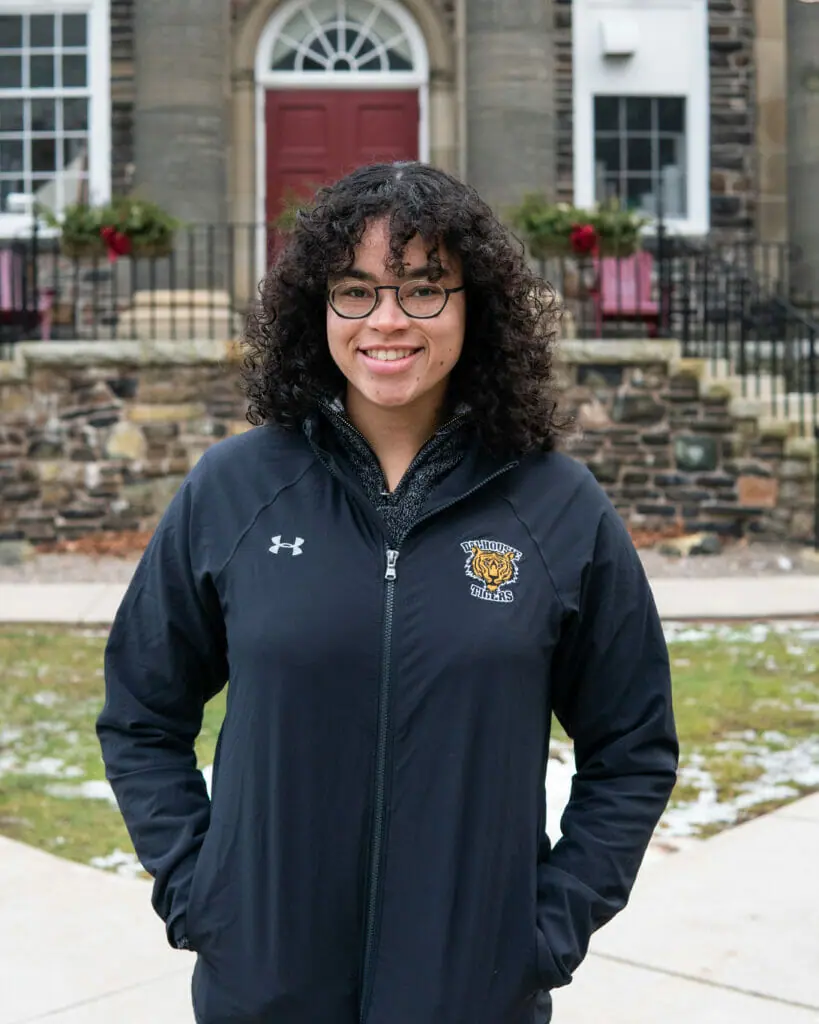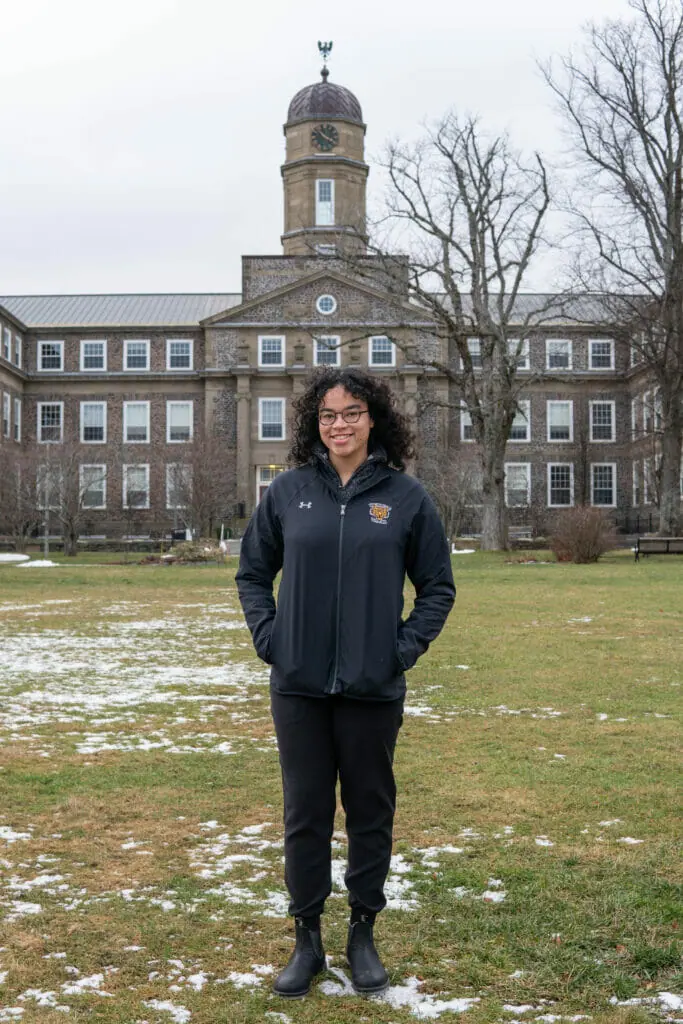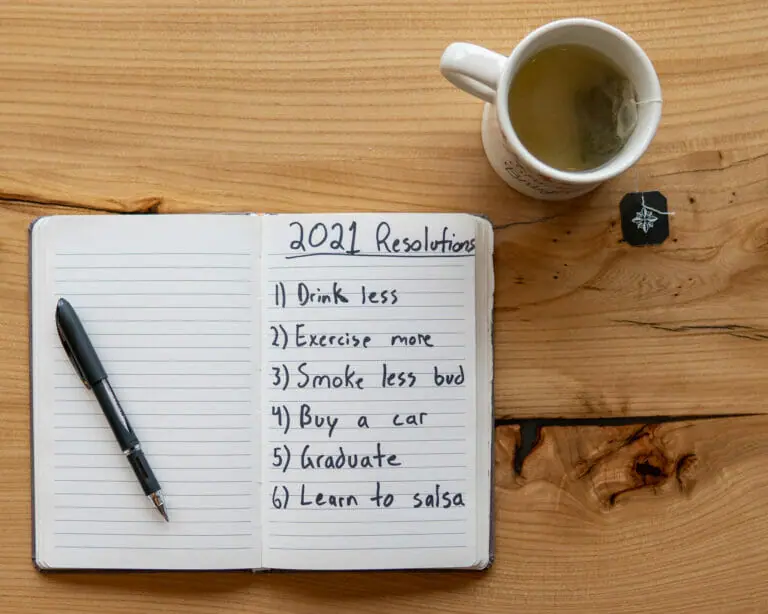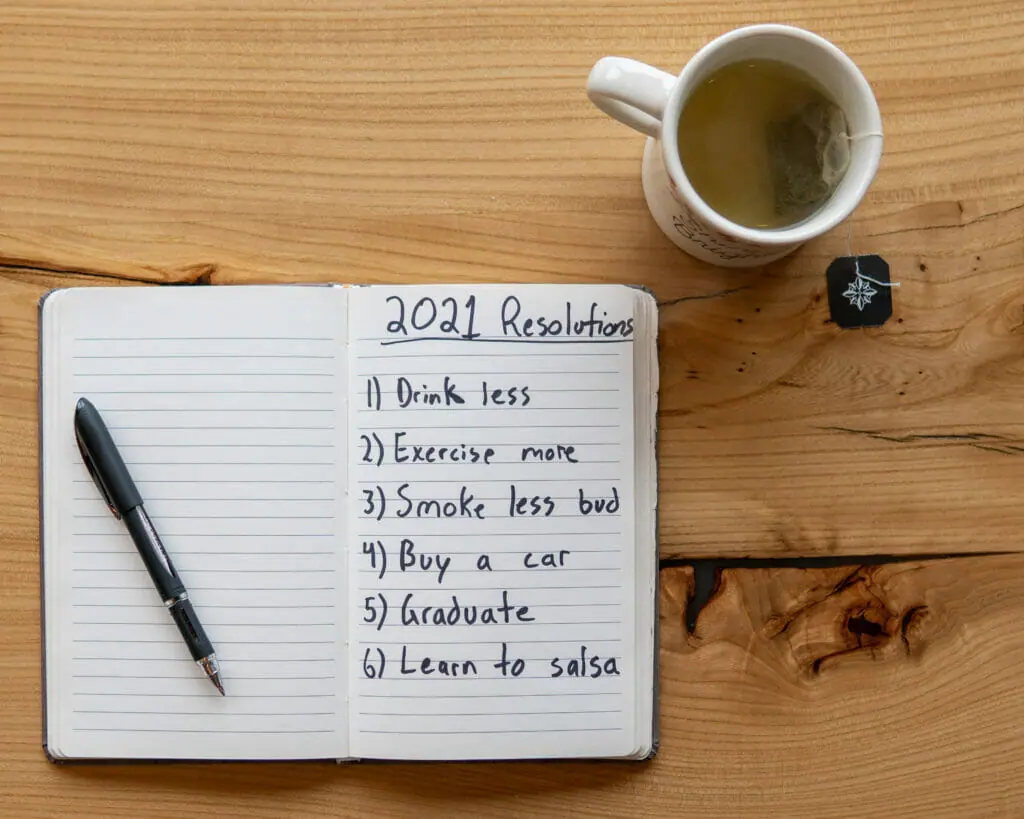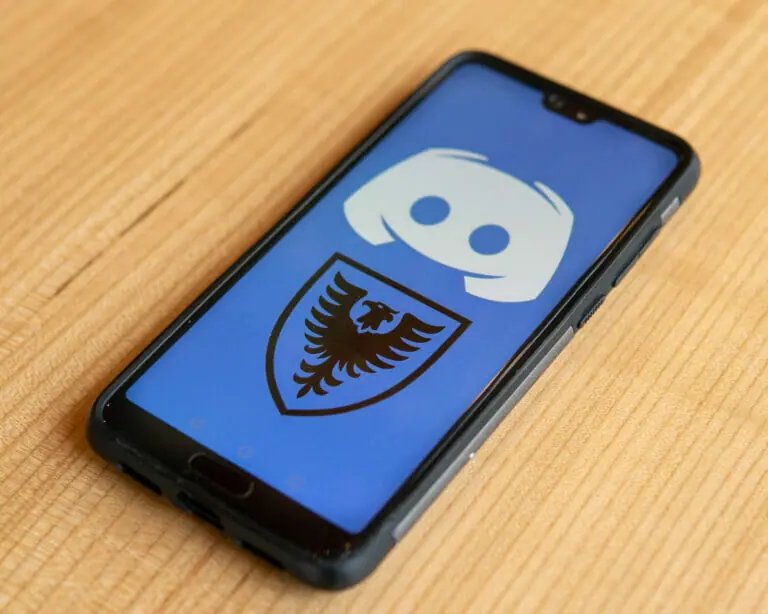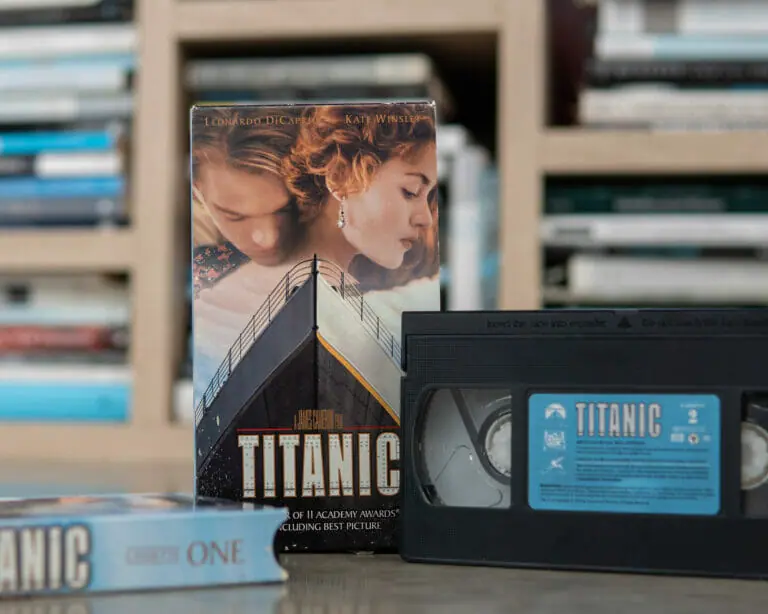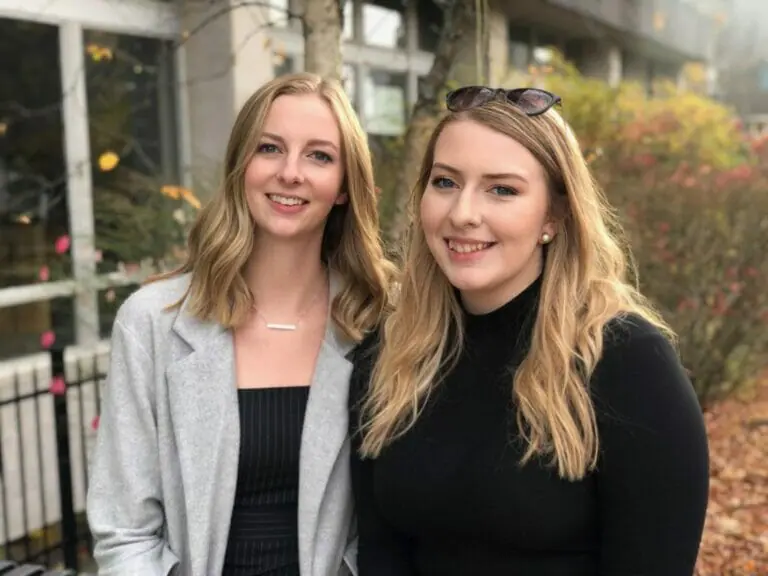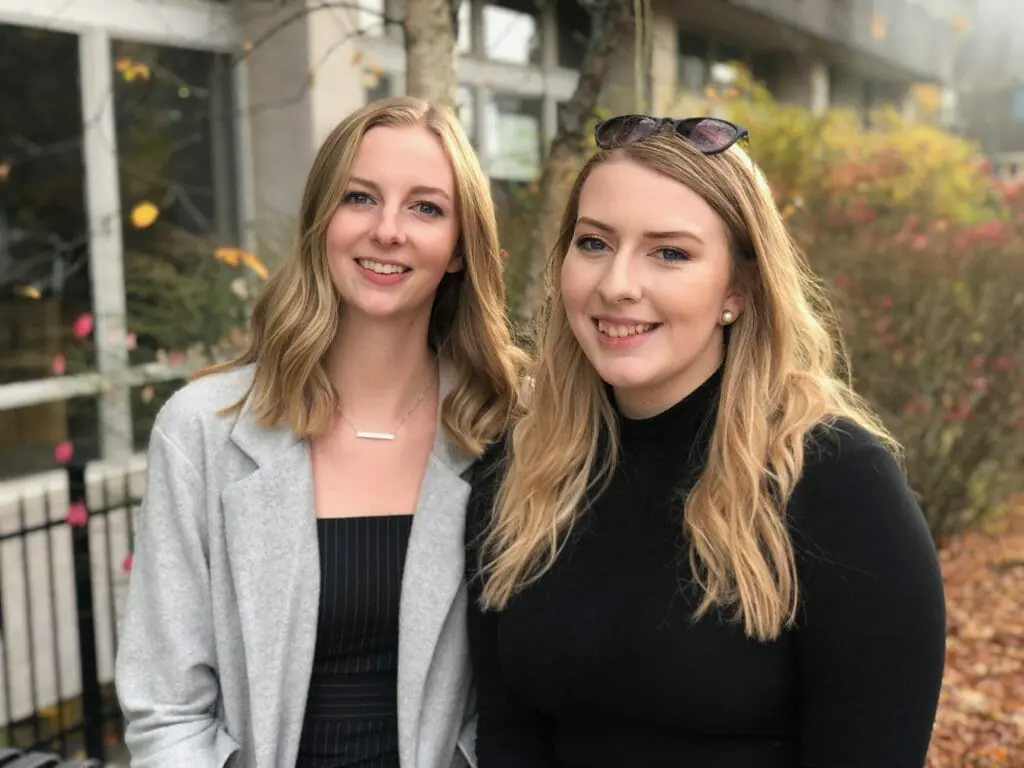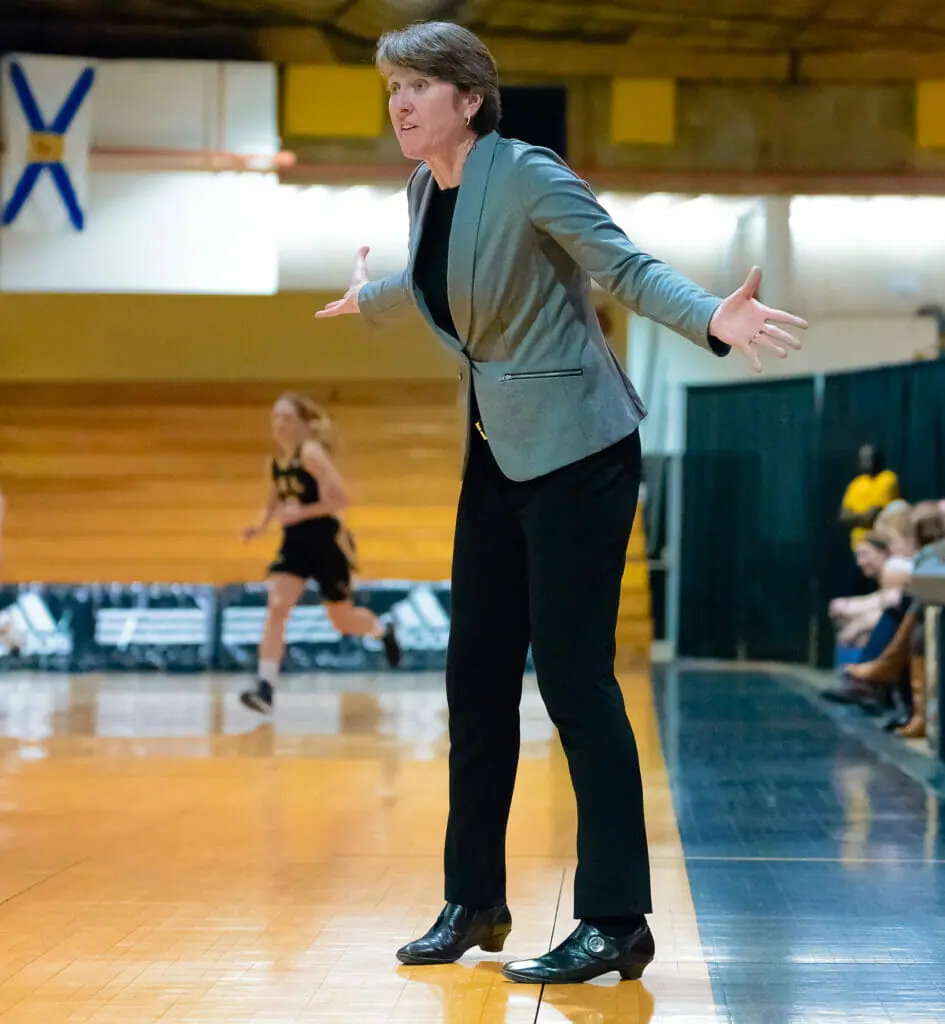
Anna Stammberger (née Pendergast) has coached her final regular season basketball game for the Dalhousie University Tigers women’s basketball team. The 2014-2015 Atlantic University Sport (AUS) Women’s Basketball Coach of the Year announced she would retire following the 2020-2021 season.
Although Dal may or may not play exhibition games this spring, Stammberger is happy with either possibility. The cancellation of sanctioned AUS competition this year leaves more time for one of her favourite activities as coach: practice.
“I love practice. It’s where coaches get to be coaches,” Stammberger said. “I love working on things there. To me, it’s all about improving individuals and the team. I enjoy practices so I can see players develop.”
Stammberger said although there won’t be a season this year, the team is fortunate to have the opportunity to focus more on training and development. Most of the young team is made up of first- and second-year players and is looking to bounce back from a record of two wins and 18 losses in the 2019-2020 season.
“It hasn’t hurt [the new players] at all by getting their feet on the ground at Dalhousie, especially with the challenges of online learning,” Stammberger said. “It serves student-athletes well down the road if they have a year of just training and figuring things out.”
Dal basketball legend
Stammberger will retire after more than 40 years of playing and coaching basketball. After attending high school at Kensington Intermediate Senior High School (KISH) in Prince Edward Island, she thrived on Dal’s basketball team winning a pair of AUS MVPs and scoring more than 1,000 points in five seasons.
Following her Dal tenure, Stammberger joined the Canadian National Women’s Basketball Team. Her team notably finished fourth at the 1984 Summer Olympics in Los Angeles. That appearance made her the first female athlete from P.E.I. to participate in the Olympic Games.
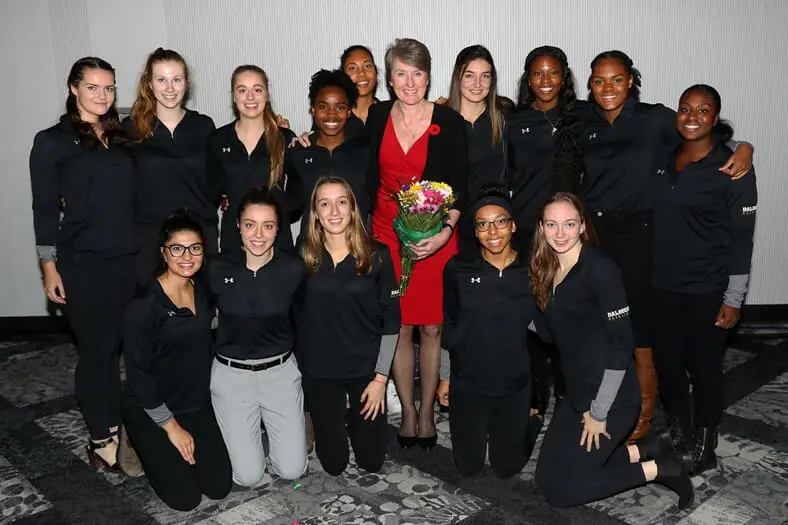
In 1985, Stammberger began playing for Germany’s national league when she wasn’t busy with Team Canada, who she captained for three years. She remained in Germany to play and coach for nearly two decades before returning to P.E.I. to teach and coach. She became Dal’s women’s basketball head coach in 2009, spending the final 11 years of her 20-plus year coaching career with the Tigers.
Stammberger has been inducted into the Nova Scotia and P.E.I. sport halls of fame, and inducted twice into the Dalhousie Sport Hall of Fame (in 2010 as a member of the 1979-1980 women’s basketball team and 2016 individually). Last year, she was named one of U Sports’ top 100 women’s basketball players of the last century.
Stammberger found it fitting she would retire at Dal, where she broke out as a star player in the late 1970s. Today, she still enjoys learning as a coach and person.
“You never stop learning and developing. That’s the great thing about the game of basketball,” she said. “The game is ever-evolving and you have to evolve with it. It’s a tremendous learning experience whenever I’m at Dal.”
Memories coaching at Dal
Chelsea Slawter-Wright, who played under Stammberger for three seasons at Dal, remembers her coach’s dedication to the program on and off the court.
“She is a really hands-on coach. She puts in a lot of time looking at our styles of play, and running our plays and structures,” Slawter-Wright said. “I know how much she loves the game so she’ll be missed, but I know she’ll be keeping tabs on the team.”
One of Slawter-Wright’s memories with Stammberger was the team’s trip to Germany in the summer of 2019.
“She made a lot of references to Germany and told us about different things she experienced when she was there, so we were excited to see some of those things she told us about before,” Slawter-Wright said.
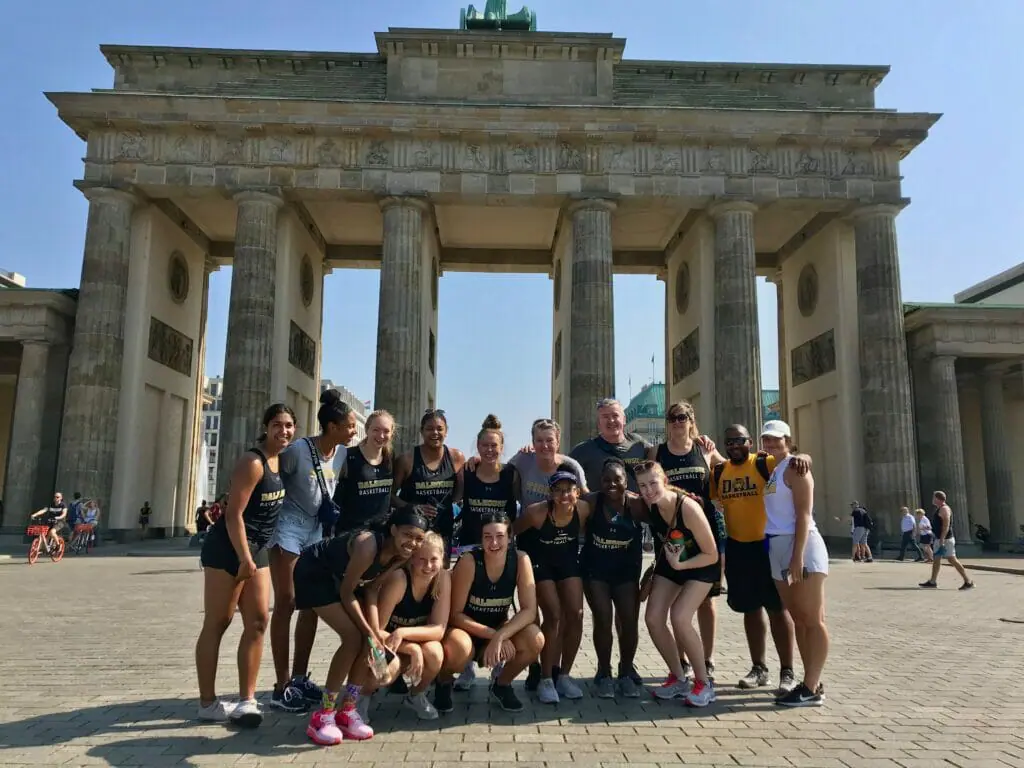
“That experience was tremendous for giving the Tigers a taste of professional play, and the experience of travelling internationally and seeing a different culture,” Stammberger said. She has two children who played at Dal: Tessa and Sven, who now play in German pro leagues. “Being on the road any time with the team, whether on a trip to Cape Breton, Montreal or P.E.I., those were always fun.”
Another favourite memory of Stammberger’s was the Women in Leadership Spotlight Dinner she organized annually with Rick Scott, the women’s volleyball head coach. She said she’ll still be around Dal to support events like these.
Stammberger said she felt it was the right time to retire when she thought about it earlier this year. She plans to spend more time with her family and friends in Halifax and P.E.I. As she plans to take it easy for the next bit, Stammberger said she’s not actively looking for any other roles post-retirement, but didn’t rule out working again.
“I love the Newfoundland expression: ‘Don’t borrow trouble from around the corner,’ since I’m not too worried about what’s coming next,” she said. “I’m keeping all doors open in retirement, but I’ll always be a terrific supporter of the Dal Tigers and the team. Their future is very bright so I’m very excited to follow them.”

